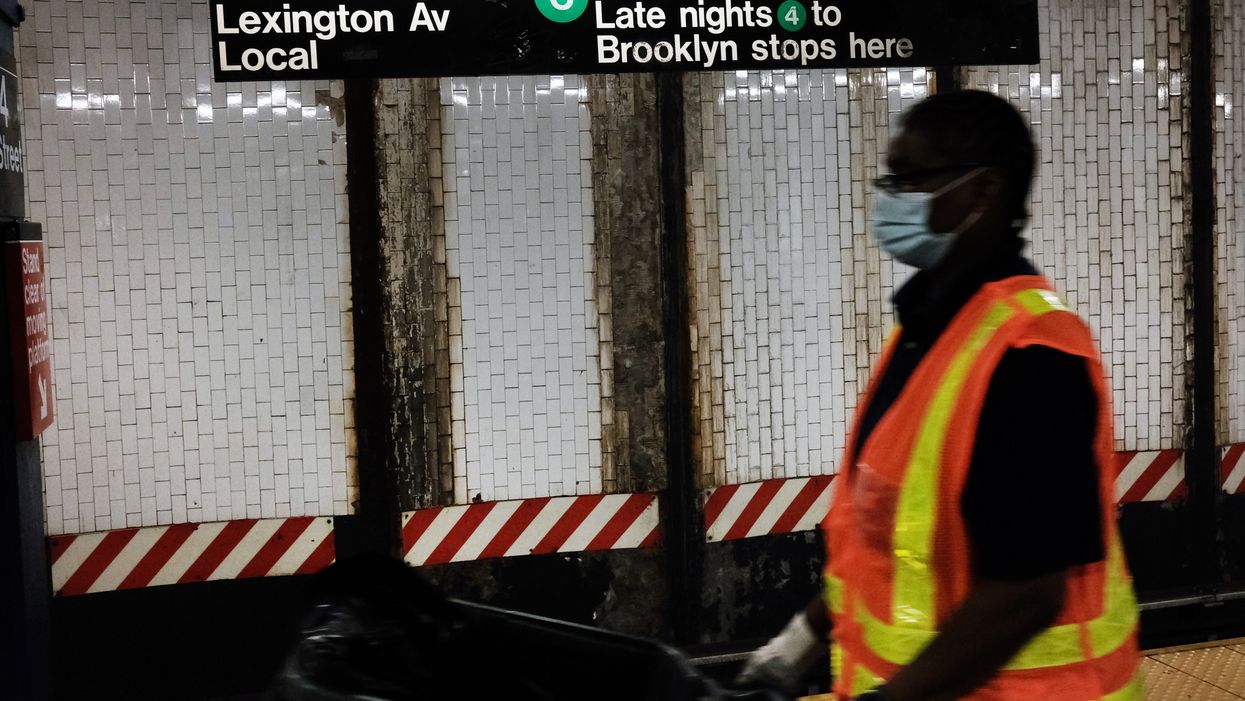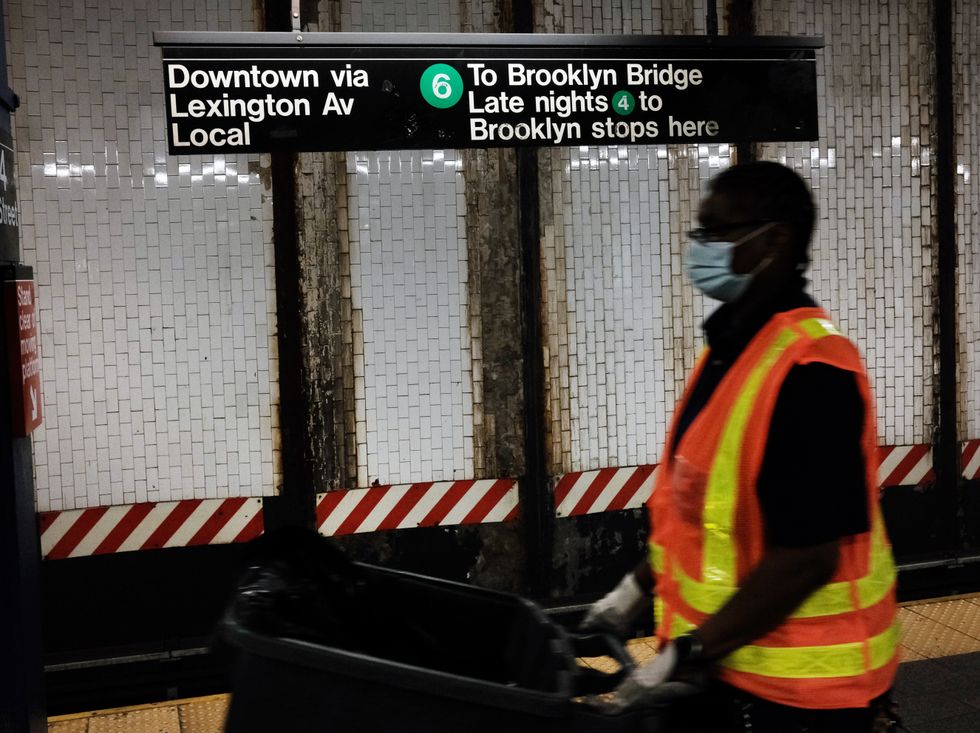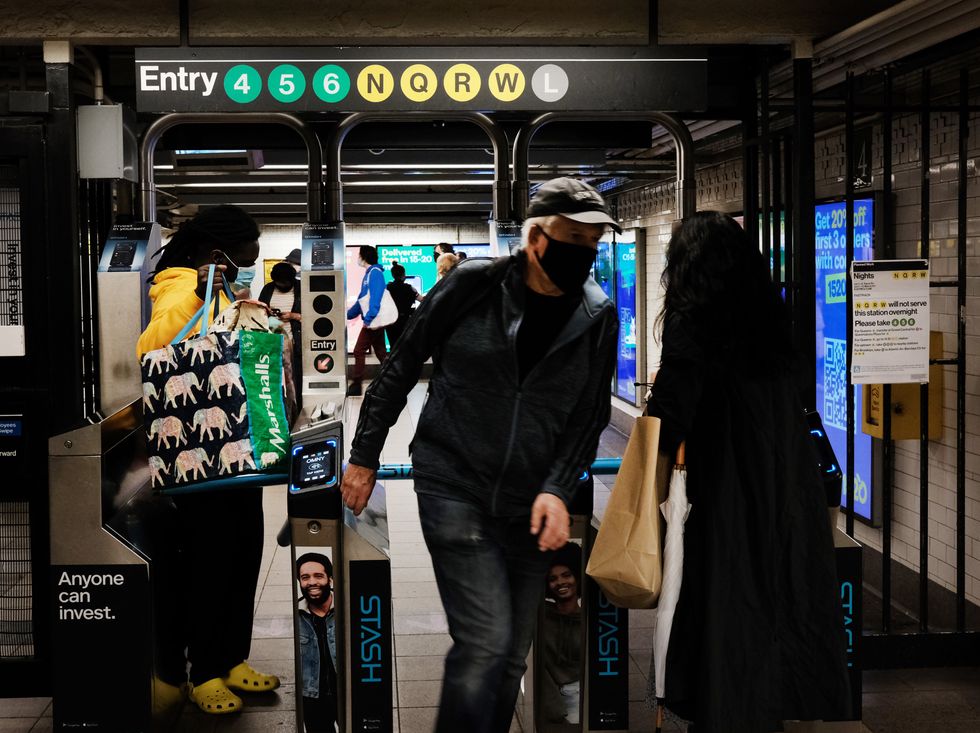Lily Puckett
Jun 14, 2021

Getty Images
The New York subway system saw a spike in filthy train cars last month, after five months of an overall decline in truly gross rides, according to internal reports from the Metropolitan Transit Authority.
The New York Post reports that May 2021 saw 132 “isolated incidents of soiled train car interiors,” up from 118 in May 2020, when high Covid rates in New York City decreased ridership.
It includes 27 reports of trains covered in poop, 26 trains with vomit inside, 21 soaked in urine and six cars with blood, according to MTA records.

There were, of course, previously fewer people on the subway in 2020, but as New Yorkers and tourists make their way back, the trains are likely to experience turbulence as people readjust to the daily commute.
Last month, soiled cars resulted in more than 25 hours of delays, per the internal documents.
Beyond human waste, trashed cars and “Covid-19 cleaning” amounts for the pulled trains. At least 19 of the 132 reports on cars also mentioned “either homeless of unruly subway riders,” according to the Post.
One train had needles scattered across the floor, while another had an apparent bed bug infestation.
Workers recorded a total of 1,090 soiled cars in 2021 through June 14, the MTA said.
New York saw a sharp increase in homelessness during its heightened pandemic year, and the reality facing many without shelter continues, even as the city returns to form around it. Increased presence of unhoused people on the subway, which provides shelter for many, is thought to be a symptom of this wave.

The “unruly” behavior is also troubling, and something to address, according to a statement from MTA spokesman Andrei Berman.
“Incidents like this are unfortunate. They’re unsanitary for our customers and deeply unfair and disturbing for transit cleaners,” he said. “They’re also a reminder of the need for more mental health outreach and social service support in the city and throughout the system.”
Top 100
The Conversation (0)













